Cloud-Native Application Protection Platforms (CNAPP) offer comprehensive security solutions designed to protect cloud-native applications throughout their lifecycle.
Market and user data highlight that organizations using CNAPP experience enhanced security for their cloud-native applications, minimizing risks associated with breaches and vulnerabilities. These platforms integrate seamlessly into CI/CD pipelines, providing continuous monitoring and compliance capabilities.
What are the critical features?
What benefits and ROI should users look for?
In industries like finance and healthcare, CNAPP solutions are deployed to safeguard sensitive data and ensure compliance with regulations such as GDPR and HIPAA. Retail and e-commerce sectors also benefit from robust application protection and real-time threat detection.
Cloud-Native Application Protection Platforms are essential for organizations transitioning to cloud-native architectures, offering a proactive approach to securing their applications and reducing risks associated with cloud environments.








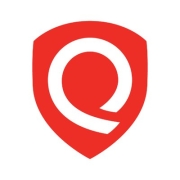













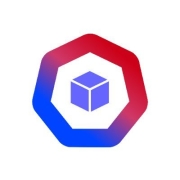








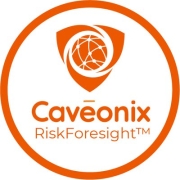
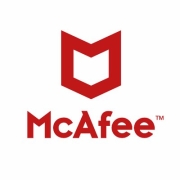





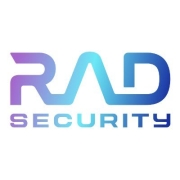




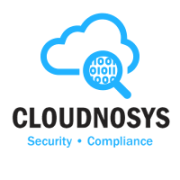








Cloud-native cyber security is a group of protocols that users employ to protect themselves while they are working in the cloud. Cloud-native cyber security combines platform, infrastructure security, and continuous application security to create an integrated and comprehensive security plan.
Cloud-native applications are designed specifically for use on the cloud. They take complete advantage of everything that cloud-based tools can offer. Cloud-based applications are applications that were not created for the cloud, but rather were moved onto the cloud after they were created to take advantage of various benefits that the cloud can offer. Cloud-native applications are better equipped to benefit from the security capabilities that CNAPPs can offer than cloud-based applications.
CNAPP solutions are designed to seamlessly integrate into existing DevOps pipelines. These platforms provide real-time security assessments and policy enforcement as part of the continuous integration and deployment processes. By incorporating CNAPP into your DevOps practices, you enhance application security without sacrificing agility or speed. Automated security checks become a natural part of the development lifecycle, ensuring vulnerabilities are caught early and compliance is maintained throughout.
What are the key features to look for in a CNAPP solution?When evaluating CNAPP solutions, focus on key features like automated threat detection, compliance monitoring, and workload protection. Look for capabilities that offer integrated visibility across multi-cloud environments, adaptive protection mechanisms, and advanced analytics for proactive threat remediation. You should also consider ease of integration with existing tools and workflows to ensure a smooth adoption process and minimal operational disruption.
Can CNAPP assist in achieving regulatory compliance?Yes, CNAPP solutions can significantly aid in achieving regulatory compliance by providing centralized, automated compliance reporting and monitoring. These platforms offer pre-configured checks against various compliance standards such as GDPR, HIPAA, and PCI-DSS. With real-time insights and alerts, you can quickly address compliance gaps and document your security posture, making audits more straightforward and efficient.
How do CNAPP solutions differ from traditional security tools?CNAPP solutions differ from traditional security tools by offering a comprehensive, integrated approach to cloud-native security. While traditional tools may focus on specific aspects like network security or endpoint protection, CNAPP provides end-to-end visibility and control over cloud applications, containers, and infrastructure. This holistic approach ensures that security is embedded throughout the entire cloud development lifecycle, rather than being an afterthought.
What are the potential challenges when implementing a CNAPP platform?Implementing a CNAPP platform can present challenges such as integration with existing systems, managing cultural shifts within the organization, and maintaining updated security policies to keep pace with evolving threats. It's essential to ensure that your IT teams are well-trained and that the platform you choose is compatible with your current cloud architecture. Proper planning and stakeholder alignment can help mitigate these challenges, enabling a smoother transition to cloud-native security practices.